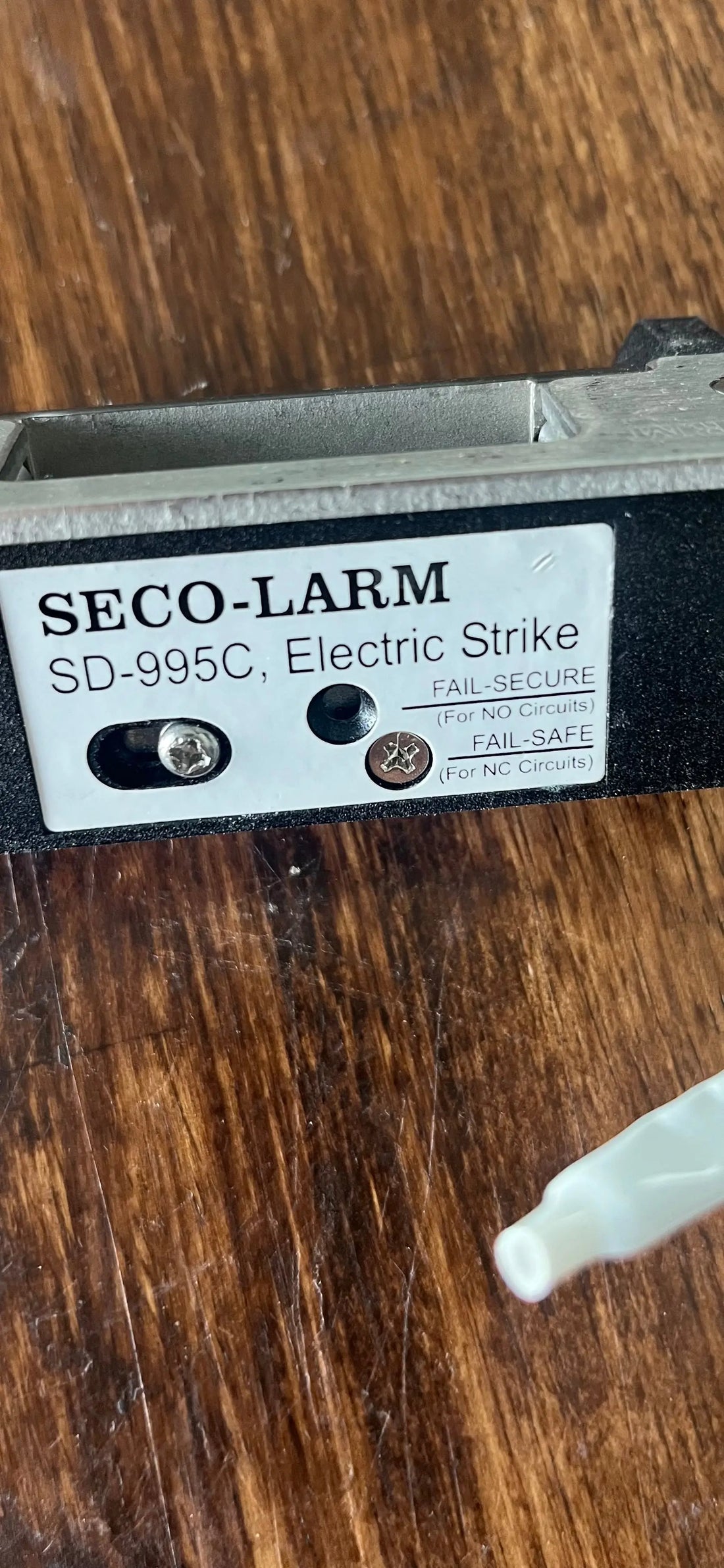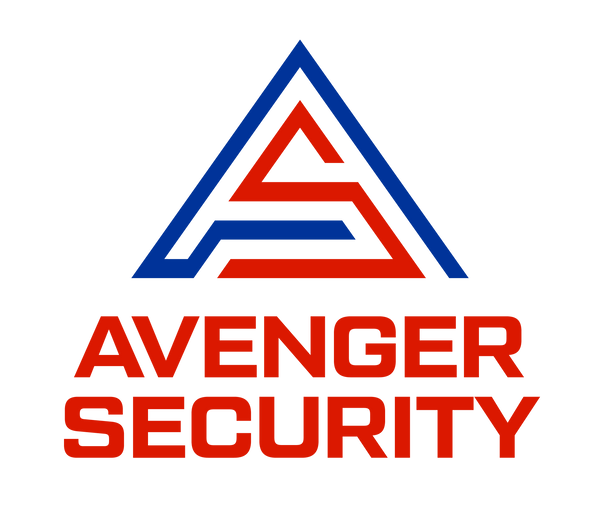
Advice When Installing Access Control
What Not to Do When Installing Access Control on Your Facility
When installing access control on your building it is important to use fail secure electric locks that don't change egress. It is very important to not change how the AHJ will gain access to the facility in event of emergency. The KNOX-BOX contains a physical key that gives them access to the doors. The key inside the KNOX-BOX must operate the door. It is most important to not block the AHJ's ability to gain entry thru the KNOX-BOX.
Installing access control on your facility involves a lot of planning, execution, and knowledge about current security standards. It’s crucial to understand what not to do during the installation process to ensure you have an efficient and secure access control system. Avoiding common pitfalls, such as relying too heavily on magnetic devices or ignoring the input of your Authority Having Jurisdiction (AHJ), can save you time and resources in the long run, and ensure compliance with regulatory requirements.
One major mistake many make when installing access control is the over-reliance on magnetic locks. While they might seem convenient and cost-effective, magnetic locks have their limitations. They can be vulnerable to tampering and might not provide the physical security required for high-risk areas. Opt for more secure alternatives, such as electric strikes or direct-drive locking mechanisms, which offer better resistance to forced entry and are often more compliant with building and fire codes.
Another significant error during the installation process is neglecting to consult with your AHJ. The Authority Having Jurisdiction, whether it be local fire marshals, building inspectors, or other regulatory bodies, plays a vital role in the approval and oversight of security systems. Failing to involve them from the start could result in non-compliance issues, costly modifications, and even potential shutdowns. Always ensure that you are working with approved plans and meet all relevant codes and standards before proceeding.
Poor planning and inadequate assessment of facility requirements can also lead to suboptimal access control implementation. Take the time to evaluate the unique needs of your facility, including the number of access points, traffic flow, and security levels required for different areas. Create a comprehensive plan that covers not only the installation but also future maintenance and potential upgrades. This foresight will help avoid costly retrofitting and ensure the system remains effective over time.
Additionally, not considering the user experience can hinder the functionality of your access control system. Ensure that it is user-friendly and accessible for all authorized personnel. Testing the system thoroughly with end-users can reveal potential usability issues and provide valuable feedback for adjustments. A system that is too complicated or unintuitive can lead to user errors and compromised security.
Lastly, don’t overlook the importance of integrating your access control system with other security infrastructure. Effective security often involves a multi-layered approach, combining access control with video surveillance, alarms, and other security measures. This integration helps to create a more robust and cohesive security environment, offering comprehensive protection and improved incident response capabilities.
In summary, when installing access control, avoid over-reliance on magnetic locks, consult with your AHJ from the outset, thoroughly plan and assess your facility’s needs, consider user experience, and integrate your system with other security measures. By steering clear of these common mistakes, you can ensure that your access control system is not only compliant and secure but also efficient and user-friendly.
